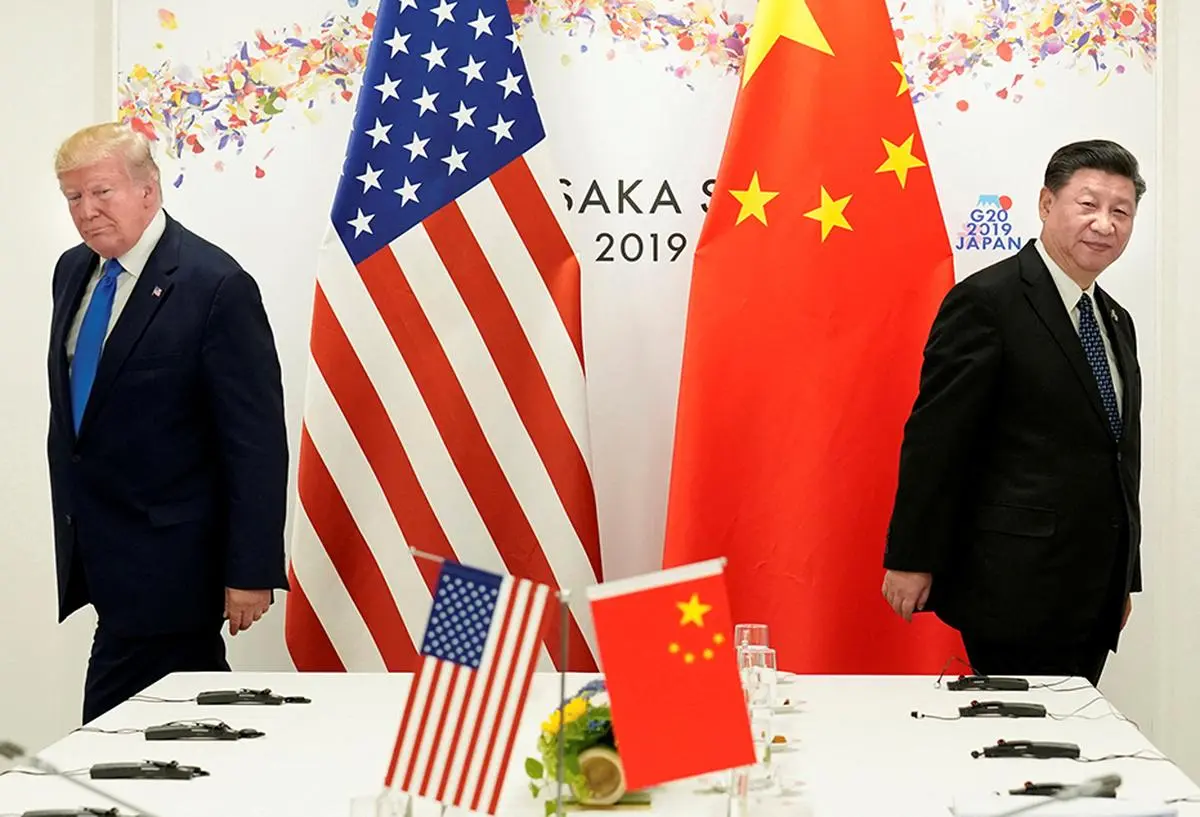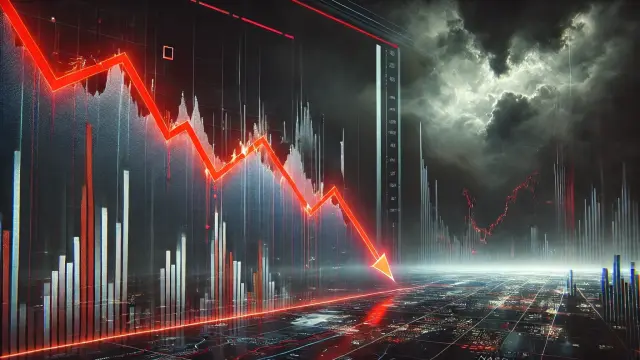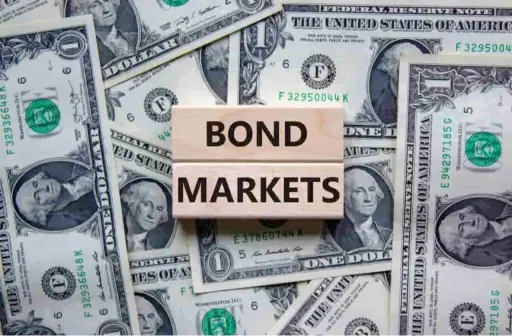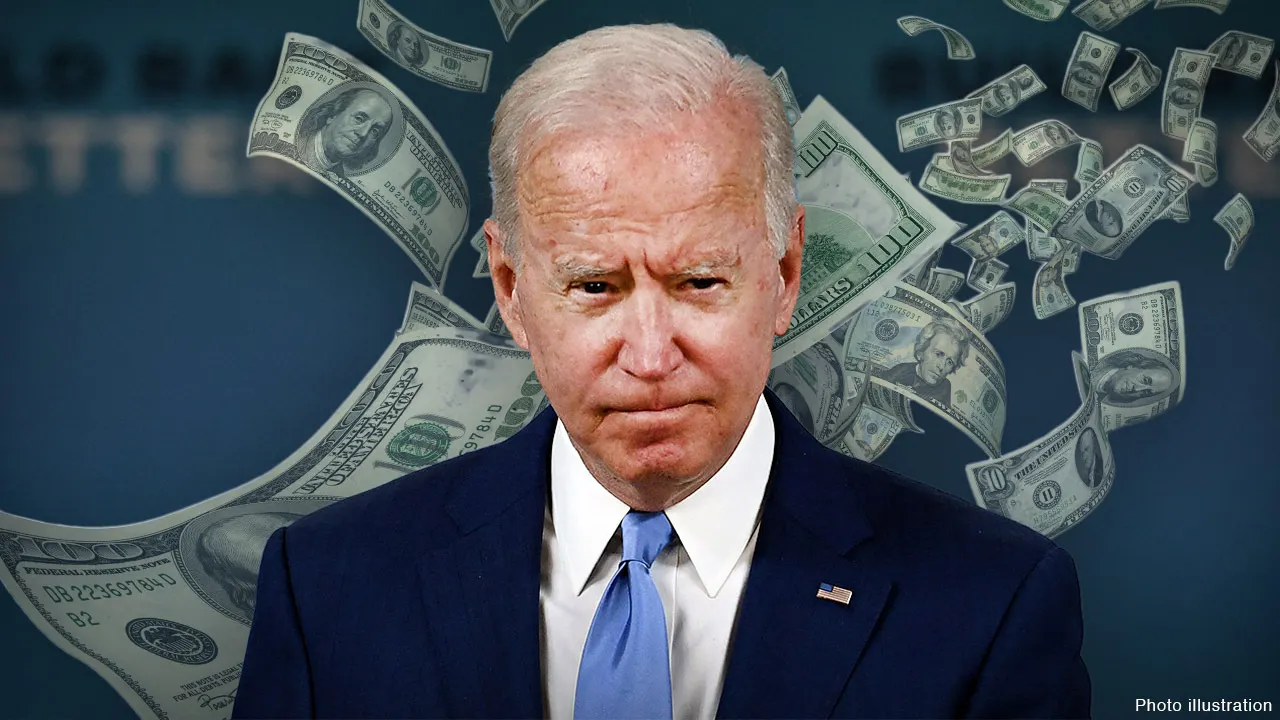A $500 billion deal marks the end of the U.S.-China bromance, as economic competition and strategic divergence take center stage, reshaping the global landscape
The once-solid U.S.-China "bromance" that dominated global politics for much of the past two decades is undergoing a fundamental transformation, fueled by a high-stakes $500 billion deal that has changed the dynamics of their relationship. As economic rivalry and geopolitical competition between the two superpowers intensify, this deal symbolizes the shifting tide in their partnership—one that had previously been marked by collaboration, mutual investment, and shared economic growth.
The U.S.-China Bromance: A Brief History
The term “bromance” was often used to describe the seemingly unbreakable bond between the United States and China, particularly after China’s entry into the World Trade Organization (WTO) in 2001. The relationship was mutually beneficial for both parties: the U.S. gained access to China’s vast consumer market, while China reaped the rewards of trade, investment, and technology transfers. Over the years, the relationship seemed almost symbiotic, with U.S. companies flocking to China for low-cost manufacturing and access to one of the world’s fastest-growing markets.
However, this seemingly harmonious relationship has been unraveling in recent years. Economic imbalances, mounting tensions over trade policies, and concerns about China’s growing influence on the global stage have strained the partnership. The U.S. has repeatedly raised concerns about intellectual property theft, technology transfers, and China’s strategic ambitions in areas like artificial intelligence and military expansion.
The $500 Billion Deal: A Game-Changer
The $500 billion deal that is making waves in the media is not a traditional trade agreement or diplomatic pact. Rather, it represents a new phase in U.S.-China relations, where economic interests are increasingly taking a backseat to strategic and security concerns. This massive deal involves a complex web of investments, joint ventures, and technological collaborations between U.S. and Chinese companies. However, its significance goes far beyond the numbers.
The deal underscores the ongoing shift in the balance of power between the two nations. What was once viewed as a collaborative partnership is now evolving into a competitive, high-stakes rivalry. As China accelerates its technological advancements and seeks to challenge the U.S. in areas like artificial intelligence, semiconductors, and 5G networks, the U.S. is responding with increasing caution and skepticism.
For the U.S., this deal marks a critical juncture in its relationship with China. While some factions of the U.S. government and business community may view the deal as a necessary step to secure economic interests, others see it as a dangerous move that strengthens China’s technological and economic grip on the global stage. In particular, the deal’s focus on high-tech industries has raised alarms about China’s growing ability to outpace the U.S. in key sectors, especially as tensions around issues like cybersecurity, intellectual property theft, and military dominance escalate.
The End of the Bromance: Economic and Geopolitical Shifts
The $500 billion deal signals a turning point in U.S.-China relations. Historically, both nations worked together to build a mutually beneficial economic relationship, but recent developments show that those days may be over. As China becomes more assertive in its global ambitions, the U.S. is increasingly adopting a more aggressive stance, especially in the realms of technology and trade.
For instance, the U.S. has ramped up its efforts to limit China’s access to cutting-edge technologies like 5G networks, advanced semiconductors, and AI, in an effort to curb China’s rise as a technological superpower. Trade wars and tariffs imposed by the Trump administration further exacerbated tensions, and these issues have only intensified under the Biden administration. The $500 billion deal highlights the growing rift as both countries prioritize national security and technological supremacy over economic cooperation.
Moreover, China’s assertive policies in the South China Sea, Hong Kong, and Taiwan have led to further distrust between the two countries. While the economic ties between the U.S. and China remain important, geopolitical factors are now taking precedence in shaping their relationship. What was once a “bromance” based on mutual growth is now characterized by intense competition and mistrust.
What’s at Stake for the Global Economy?
The economic consequences of the U.S.-China rivalry are far-reaching. Both countries are economic giants, and any disruption to their relationship has significant implications for the global economy. The $500 billion deal, while a major financial transaction, represents only a fraction of the larger picture.
As the U.S. and China continue to jockey for technological and economic dominance, global supply chains, trade routes, and market access are being redefined. The U.S. has become increasingly focused on securing supply chains for critical resources and technologies, while China is leveraging its vast consumer market and emerging tech prowess to secure its place at the forefront of global innovation.
The end of the bromance between the U.S. and China could also lead to a fragmentation of global markets, with countries aligning themselves with one superpower or the other. This could result in competing technological ecosystems, with the U.S. and China developing separate standards for everything from AI to 5G networks. Countries may be forced to choose sides, potentially leading to an era of increased geopolitical tension and economic uncertainty.
The Path Forward: A New Reality
As the U.S.-China bromance fades, the two countries will likely continue to clash over economic, technological, and geopolitical issues. The $500 billion deal is just the beginning of a new era in U.S.-China relations, one defined by heightened competition and a re-evaluation of what was once considered a mutually beneficial partnership.
The U.S. must now navigate a complex and competitive landscape, balancing economic interests with national security concerns. While collaboration between the two countries will remain necessary in some areas, the era of uncritical partnership appears to be over. Both nations are shifting focus toward securing their own technological and economic futures, with far-reaching consequences for the global economy.
For the rest of the world, the end of the U.S.-China bromance may signal a new reality—one where the balance of power in global economics, trade, and technology is no longer a cooperative endeavor but a battleground where only the strongest players will emerge victorious. The future of U.S.-China relations remains uncertain, but one thing is clear: the bromance is over, and the stakes have never been higher















